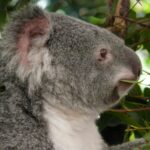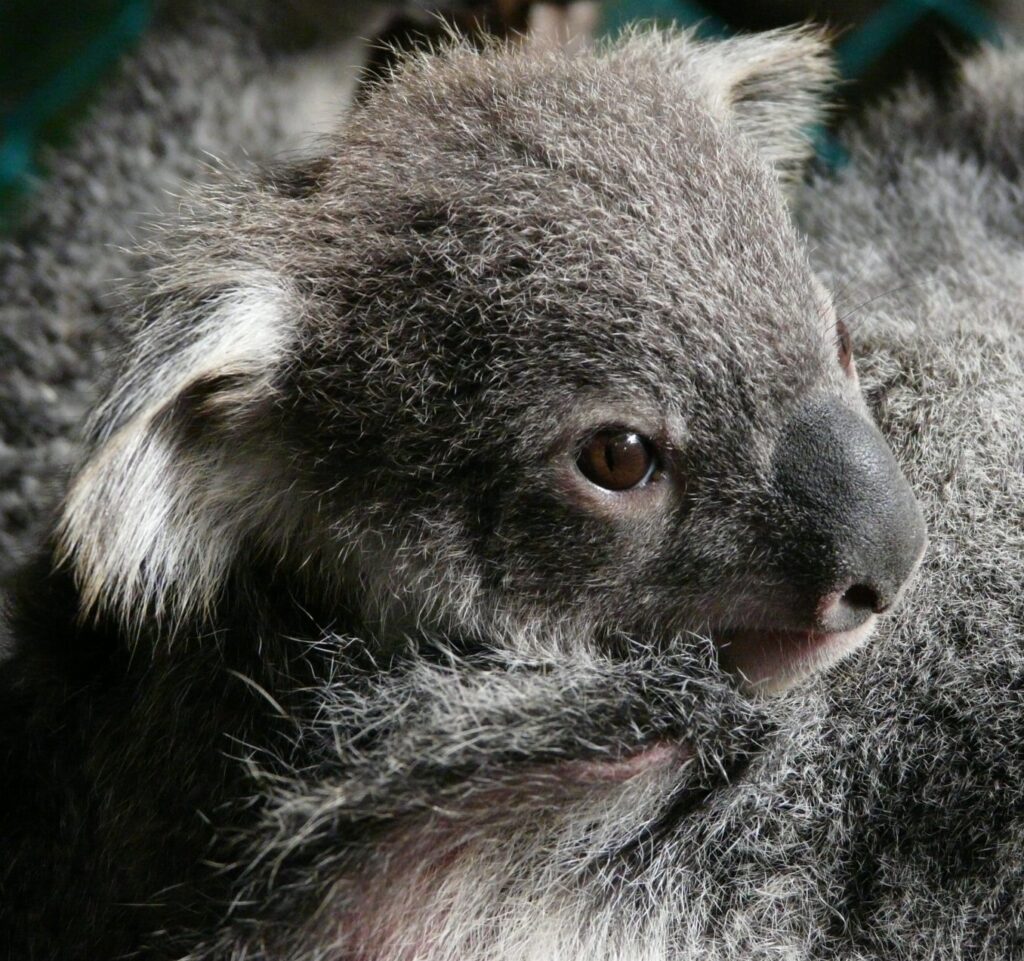Protected Magazine
Drop Bears – A Look At Koalas
In the eucalypt forests of Queensland, Australia, a quintessential symbol of the country’s unique wildlife clings to life – the koala. These charismatic marsupials, with their fuzzy ears and spoon-shaped noses, have long captured hearts worldwide. However, Queensland’s koala populations are facing an uphill battle for survival, making their conservation a matter of urgent concern.
A Peek into the Koala’s World
Koalas are not just adorable; they are remarkable creatures adapted to a highly specialised diet and lifestyle. Found predominantly along the eastern coast of Australia, Queensland koalas inhabit a range of habitats, from coastal islands and lowland eucalypt forests to the inland woodlands. These habitats provide the koalas with their exclusive diet – eucalyptus leaves. These leaves, toxic to most animals, are the cornerstone of the koala’s diet, providing them with all the moisture and nutrients they need.

The Eucalyptus Diet: A Double-Edged Sword
Koalas are fussy eaters, feeding on the leaves of only a few eucalypt species. This diet is low in calories, which is why koalas are often seen sleeping for up to 18-20 hours a day to conserve energy. However, this strict diet makes them highly vulnerable to habitat loss. Without their specific eucalypt trees, koalas cannot survive.
Habitat: Home Among the Gum Trees
Koala habitats are as unique as their diet. In Queensland, they prefer open eucalypt woodlands where trees are widely spaced, allowing for easy movement and visibility. These habitats are not just feeding grounds but also serve as breeding and social interaction sites. Eucalypt forests along the coastal areas of Queensland, particularly in the southeast, are prime koala habitats.
Threats: The Battle for Survival
Despite their iconic status, Queensland’s koalas face a myriad of threats. Habitat destruction, due to urbanisation and land clearing for agriculture, poses the most significant risk. As their habitats shrink, koalas are forced into smaller areas, leading to overcrowding, increased competition for food, and higher susceptibility to diseases like chlamydia.
Climate change exacerbates these threats, altering their habitats and affecting eucalyptus growth. Extreme weather events, such as droughts and heatwaves, not only reduce their food availability but also cause heat stress, a growing concern for koala populations. Additionally, koalas face dangers from vehicle strikes and dog attacks, especially in urban-fringe areas.
The Road Ahead: Conservation Efforts
Efforts are underway to protect these beloved marsupials. Conservation strategies focus on habitat preservation and restoration, creating wildlife corridors to connect fragmented habitats, and implementing stringent land-clearing regulations. Research is also being conducted to understand koala behaviour and health better, crucial for effective conservation planning.

Conclusion: A Beacon of Hope
The plight of Queensland’s koalas is a stark reminder of the impact of human activity on wildlife. As conservationists and communities rally to protect these icons, there is hope. By preserving koala habitats and mitigating threats, we can ensure that these endearing creatures continue to thrive in Queensland’s eucalypt forests, a symbol of Australia’s rich natural heritage.


